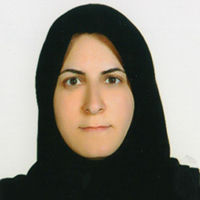Pashto Affixes from the Viewpoint of Lexical Morphology
Author(s):
Article Type:
Research/Original Article (دارای رتبه معتبر)
Abstract:
This research examines derivational and inflectional processes in Pashto within the framework of “Lexical Morphology and Phonology” (Kiparsky, 1982). In this article, 131 Pashto affixes, comprising 40 inflectional and 91 derivational affixes, were categorized into two neutral and non-neutral categories based on their interaction with the base they are attached to. The findings of this study reveal that a majority of Pashto affixes, whether auto-stressed or connected to the base, result in alterations to the base. Furthermore, the research demonstrates the efficacy of Kiparsky's (1982) approach, originally devised to analyze the structure of English affixes, in analyzing neutral and non-neutral affixes in the Pashto language. According to the study, most of the Pashto affixes are non-neutrals, which are located in the first layer. It is worth mentioning that the number of neutral affixes is less than the non-neutral ones, although they are widely used in the language. Moreover, as the Lexical Morphology Hypotheses assumes, neutral and non-neutral affixes are organized based on the Level Ordering Hypothesis.
Keywords:
Language:
Persian
Published:
Zabanshenakht, Volume:15 Issue: 1, 2024
Pages:
167 to 188
https://magiran.com/p2752174
مقالات دیگری از این نویسنده (گان)
-
An overview of prosodic transcription systems: a comparison of the "Tones and Break Indices: ToBI" and " Rhythm and Pitch: RaP"
Nayereh Joodi *, , Laura Christine Dilley
Language research, -
Prosodic Characteristics of Discourse Markers and Interjections: Interactional Approach
Tina Amrollahi *,
Language and Linguistics,



